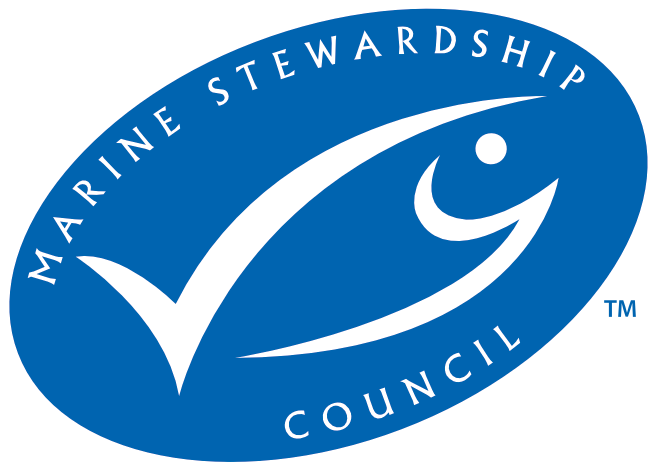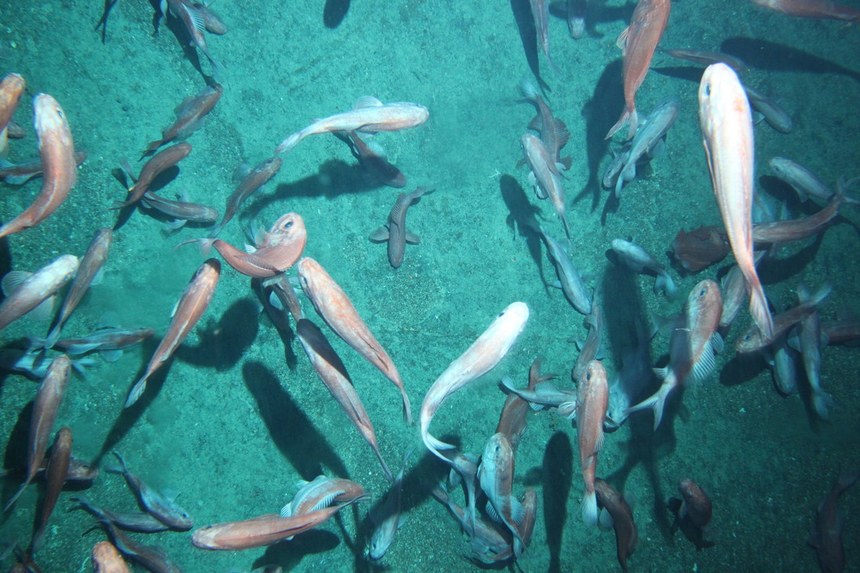

- Certifier :
- MRAG Americas, Inc.
- Certified status :
- Certified
- Certified since :
- 08 Dec 2016
- Certificate expires :
- 01 Aug 2027
Overview
Fisheries are composed of one or more parts, each of which is entitled to receive an MSC certificate. These parts or “units” are defined by their target stock(s), fishing gear type(s) and if relevant vessel type(s), and the fishing fleets or groups of vessels.
When the term “Unit of Certification” is used for fishing units that are in assessment, it refers to the “Unit of Assessment” or “Unit of potential certification”. Expand a status below to view the parts that form this fishery. To check the detailed scope, download the latest certificate or open the Assessments page to get the latest report. Find out more by visiting our page on Fisheries
Catch by Species
| Species | Reported Catch Year | Metric Tonnes |
|---|---|---|
| Orange roughy (Hoplostethus atlanticus) | 2023 | 1,939 |
Information is provided by an independent Conformity Assessment Body as live weight (the weight of species at the time of catch, before processing) and where a fishing season covers multiple years, the end year is given as the reported catch year. Additional information is available in the latest report, see the assessments page.
About this Fishery
Around 60 percent of the total catch of New Zealand’s orange roughy (Hoplostethus atlanticus) has achieved Marine Stewardship Council (MSC) certification for sustainable fishing practices and is now eligible to carry the MSC ecolabel. New Zealand has the largest orange roughy fisheries in the world, representing around 80% of the global catch.
The fisheries have made significant improvements to rebuild these once overfished species to stock levels which meet MSC’s high bar for sustainability. In partnership with the Ministry for Primary Industries, the New Zealand fishing industry has invested heavily in rebuilding orange roughy stocks through catch reductions, including setting this at times to zero, and a harvest strategy based on a comprehensive research plan.
Orange roughy are slow-growing, so fisheries managers must take this into account when making decisions on stock levels. The New Zealand Quota Management System, established in 1986, has allowed for this including closing fisheries at times to rebuild stocks faster.
Individuals can grow to 75cm, although the usual catch size is between 35 and 45cm. The fish are caught with bottom trawls, generally between 800 to 1,200m.
Bottom trawls are used in the fisheries. Annually less than 0.03% of New Zealand’s Exclusive Economic Zone is trawled for orange roughy. Fishers return to the same tows each year.
Download a factsheet about New Zealand orange roughy >
Read about the history of the New Zealand orange roughy fisheries >
Market Information
Orange roughy has firm flesh with a mild flavor. It is sold skinned and filleted, fresh or frozen. Most of the catch is exported as frozen fillets to the USA (80%) and Australia (14%).
